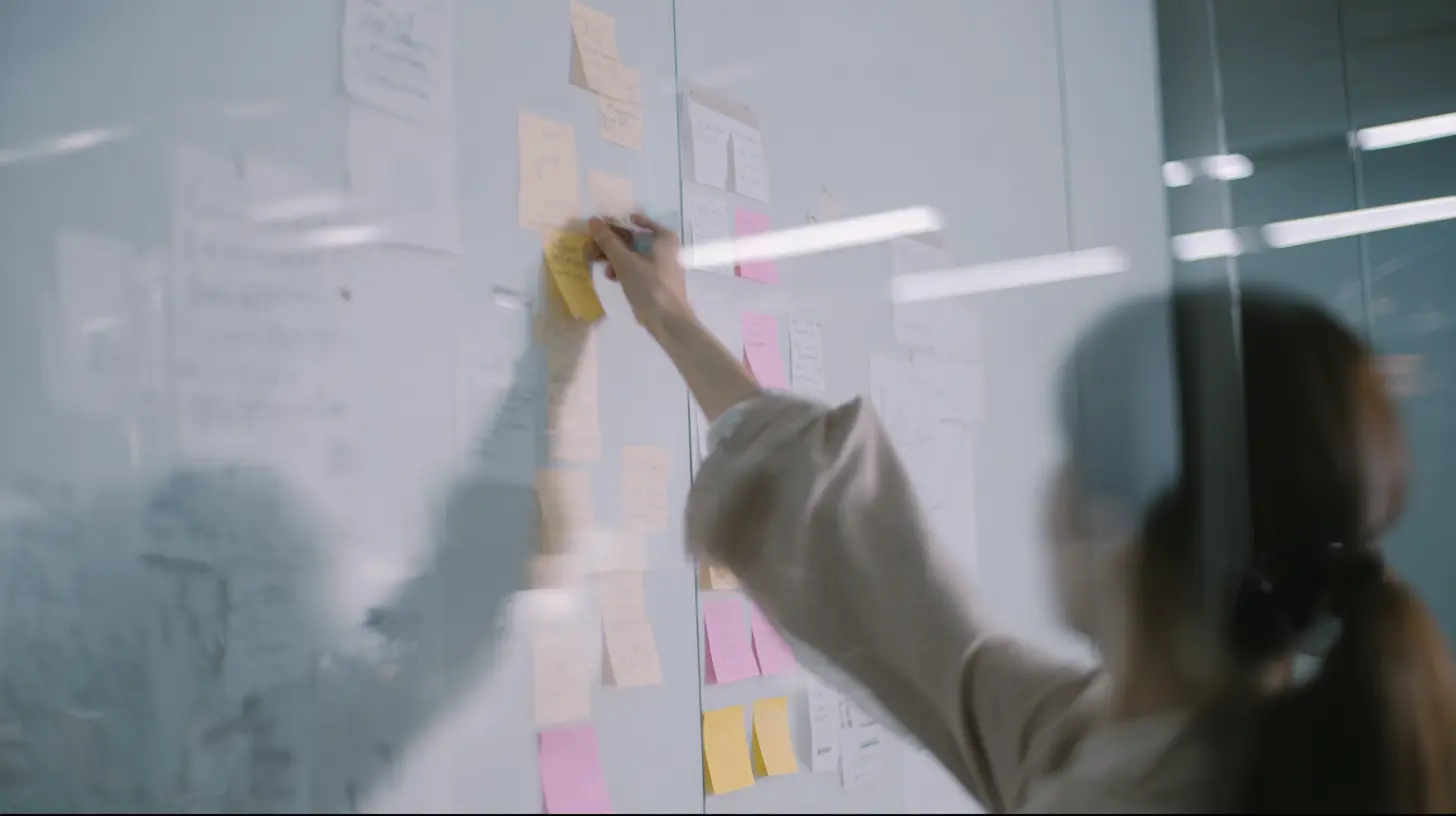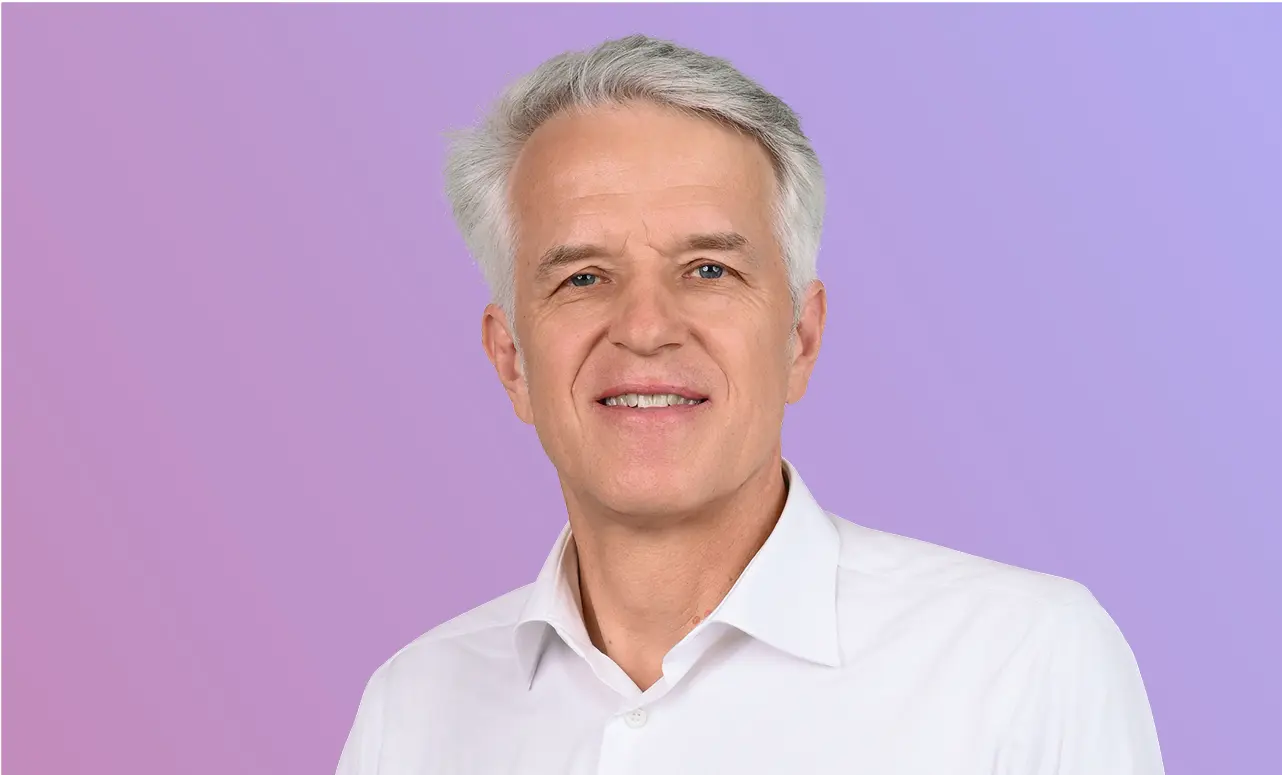How a Nuclear Technology Leader Entered EV Battery Recycling
A French industrial group known for nuclear fuel cycles wanted to use its metallurgy skills in electric-vehicle battery recycling. Over three years we mapped the market, designed business models and set clear decision points. The work led to joint ventures for battery components in northern France and a pilot recycling plant that is now under construction.

A worldwide leader in nuclear technologies sought to explore opportunities in the growing future market of EV battery recycling based on their strong metallurgical capabilities.While their R&D confirmed the technical feasibility of a more sustainable and efficient recycling process, the commercial pathway—target customers, market regions, and value chain positioning—remained unclear.
The Challenge
The company's initial focus was on leveraging its metallurgical expertise to develop a superior recycling process. However, questions loomed: What role should they play in the battery value chain? Which markets should they target beyond their home country? How could they position themselves amidst existing players and partnerships?+
Our Approach
Collaborating closely with the company's strategy and project teams, we embarked on a structured exploration:
- Market Analysis:
Conducted comprehensive research to identify opportunity areas, including stakeholder and expert interviews as well as market trend assessments.
- Business Model Development:
Utilised our Circular Economy Navigator framework to outline potential business models and circular ecosystems. Generated assumption-based financial projections based on expected market developments as well as assumptions about the battery return volumes.
- Validation Exercises:
Tested assumptions through targeted outreach, including participation in industry events in Stuttgart and Frankfurt to gauge interest and gather feedback from potential partners and customers.
Impact
This collaborative effort culminated in a strategic roadmap detailing:
- A business model portfolio roadmap that allows for a sequential development of interdependent business models that are realized in alignment with market needs and company capabilities.
- Clear investment decision points mapped over time, considering market dynamics and internal readiness.
- Insights into market positioning, particularly in regions where existing partnerships posed entry challenges, leading to a refined focus on domestic opportunities.
Key Learnings & Next Steps
Building on these insights, the company has initiated joint ventures to establish production facilities for battery components in northern France. A pilot recycling plant is also under development, aiming to operationalise the innovative processes conceived during this project.
This journeyunderscored the importance of integrating strategic foresight with technicalinnovation. It showcased how Circular Economy approaches can differ due to theimportance of (and dependence on) partners and cooperation within an ecosystem,but also due to increased uncertainty based on longer timelines, uncertain inputmaterial volumes and regulatory hurdles. By systematically exploring marketroles and validating assumptions, the company positioned itself to makeinformed decisions in a complex and competitive landscape.
Richard Stechow



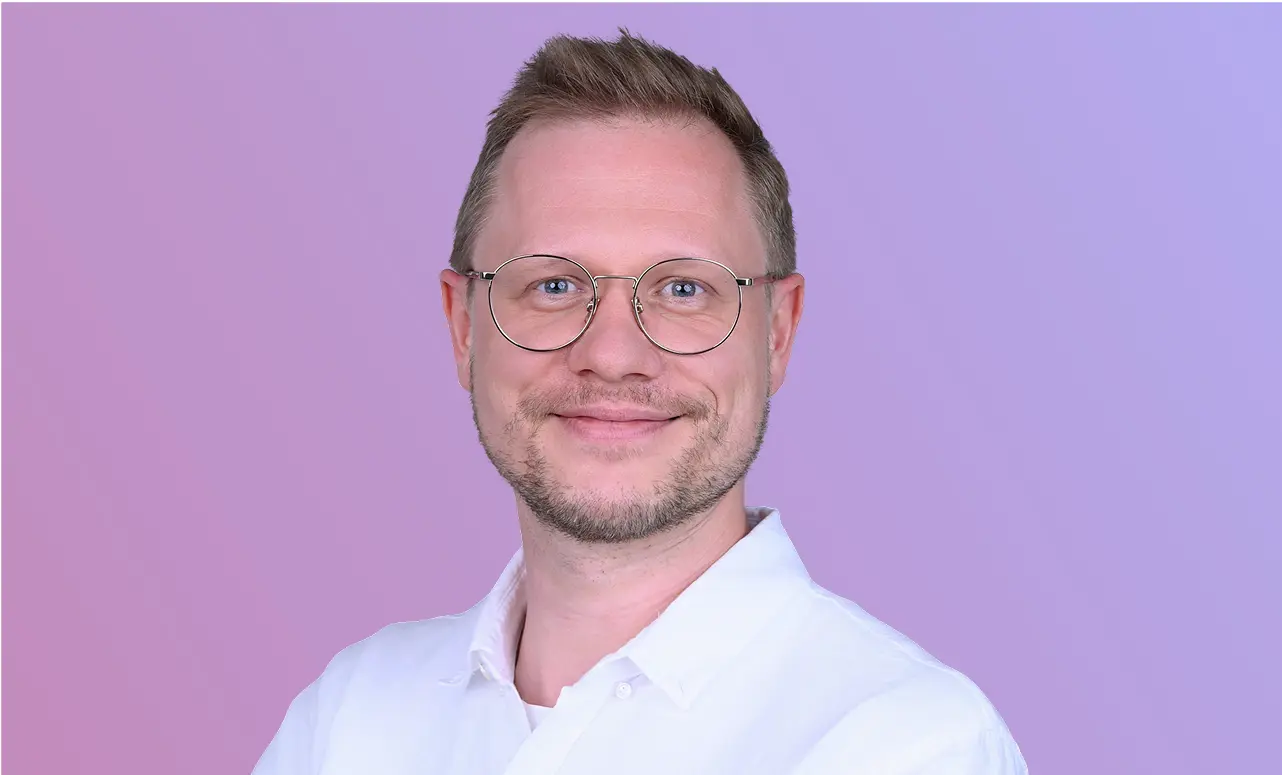
.svg)
.svg)
.svg)







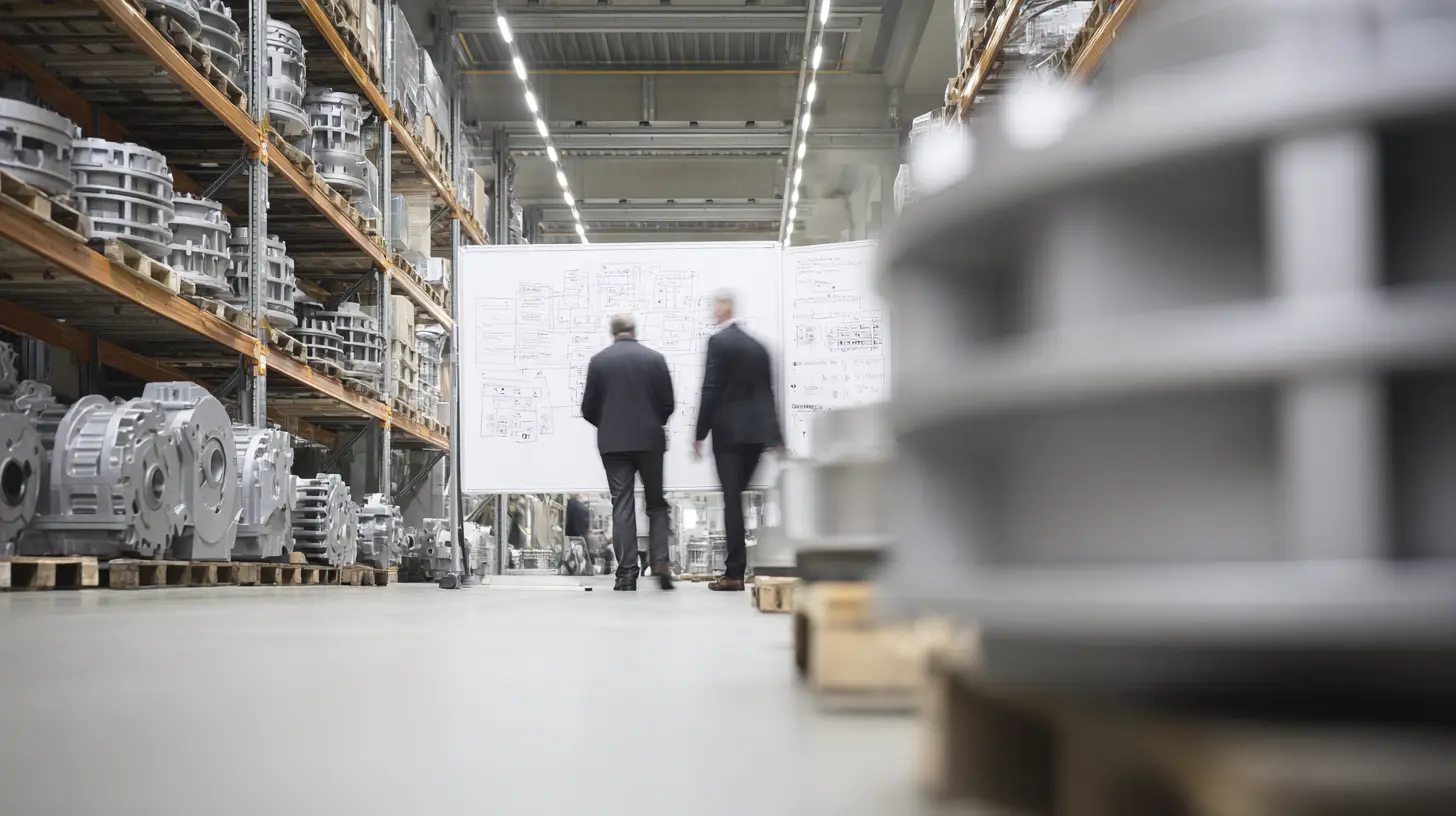
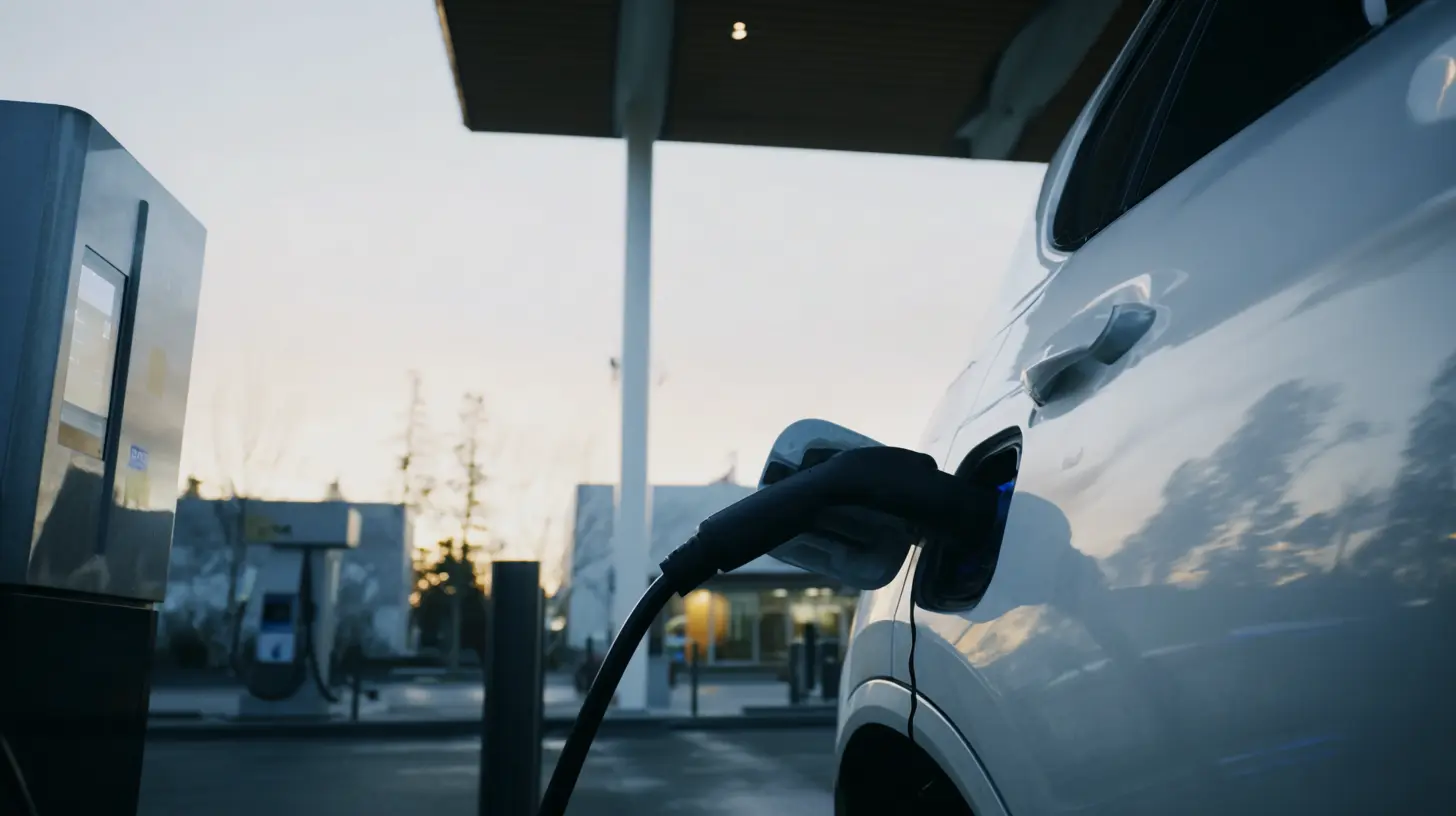

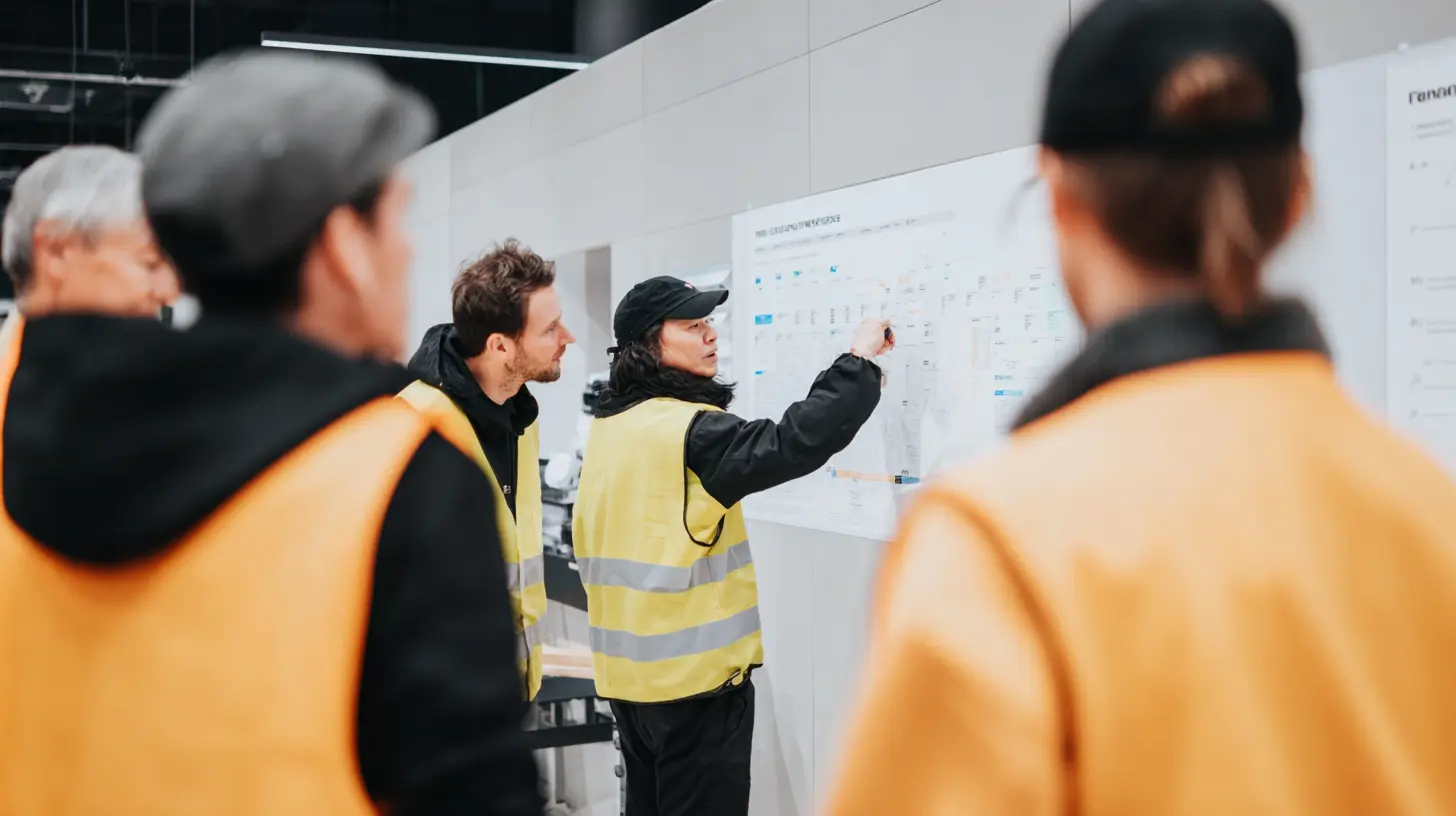
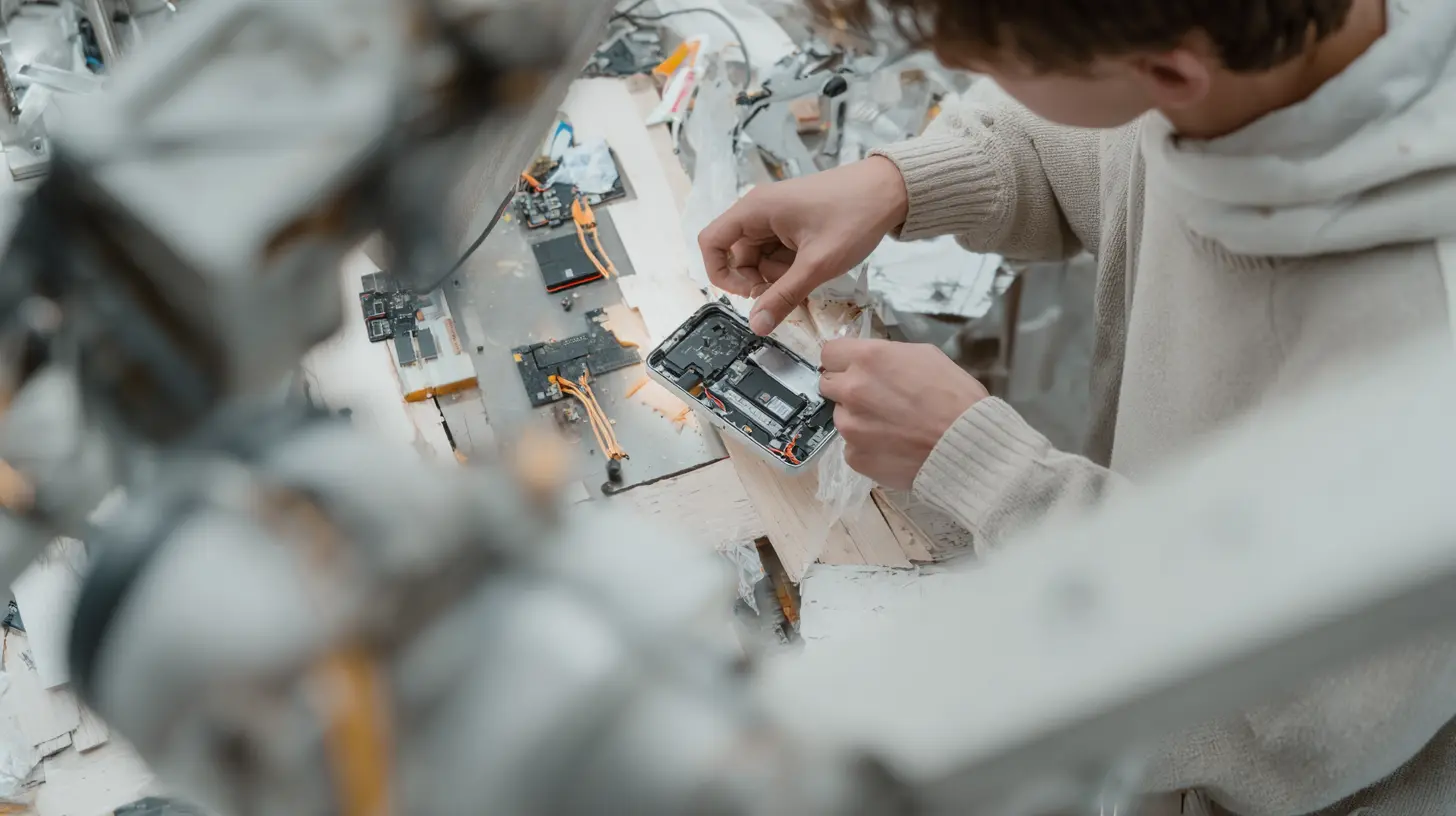

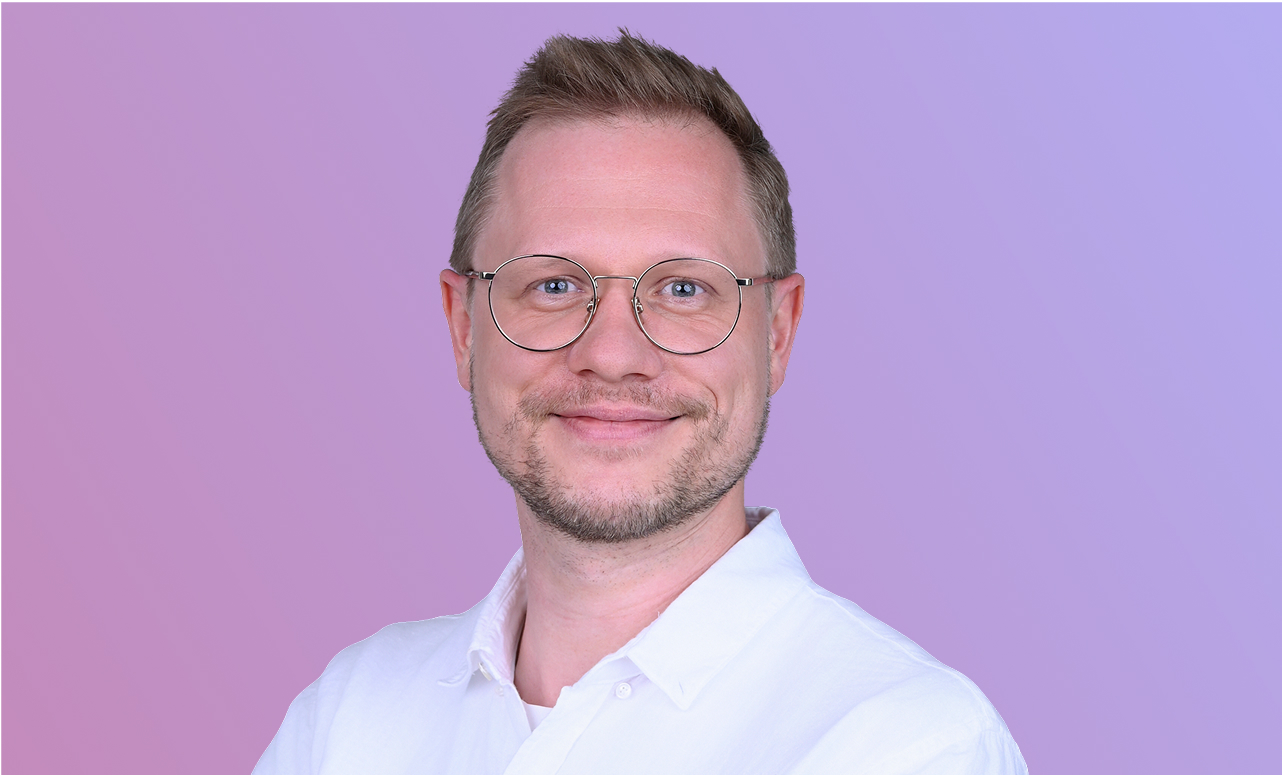






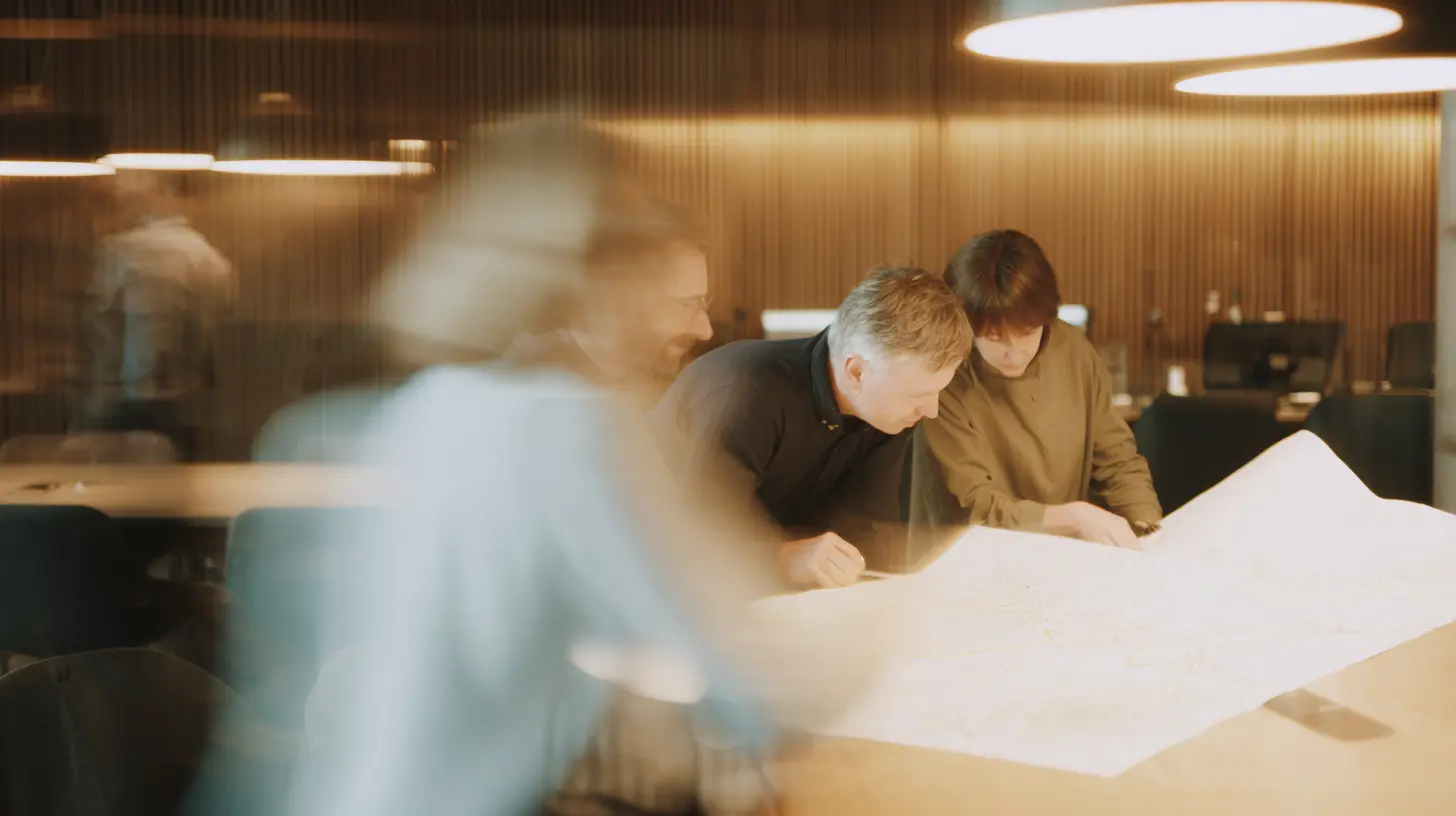



.webp)



